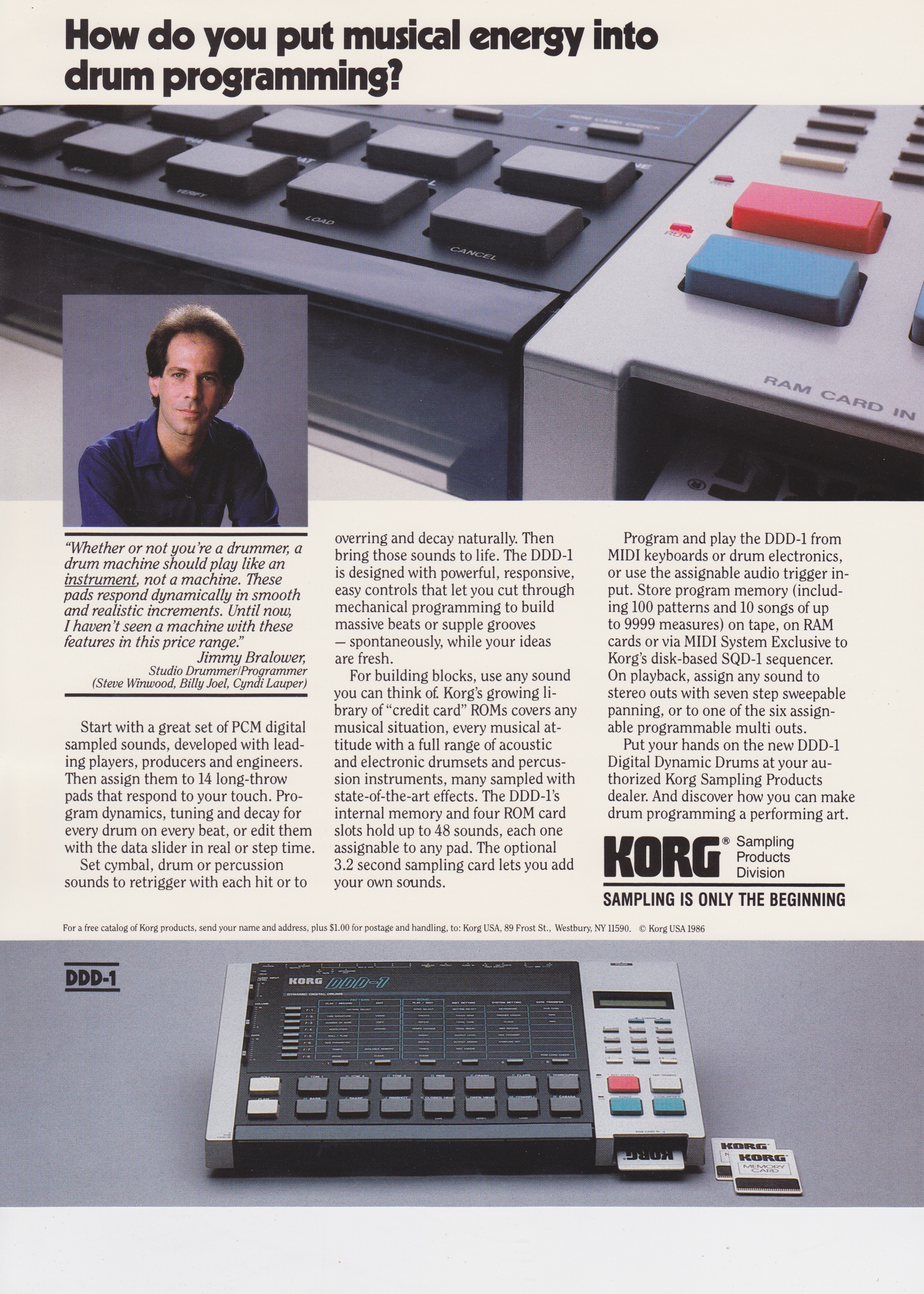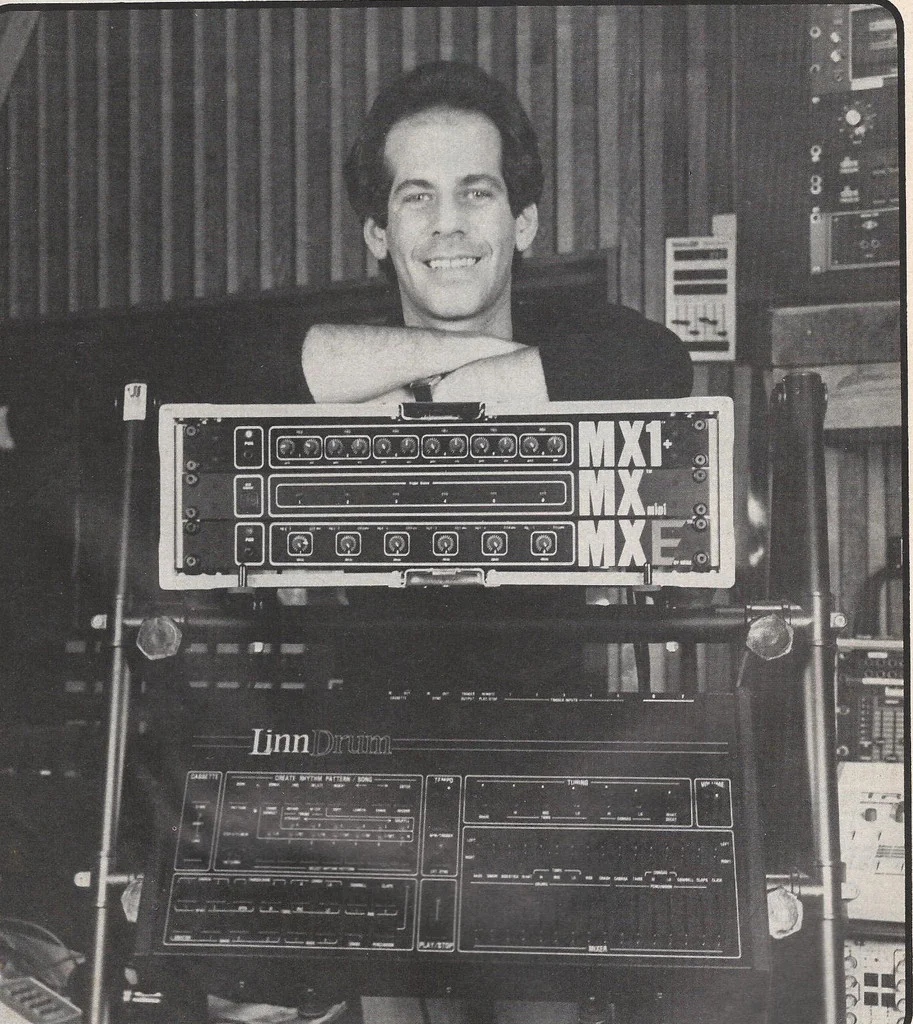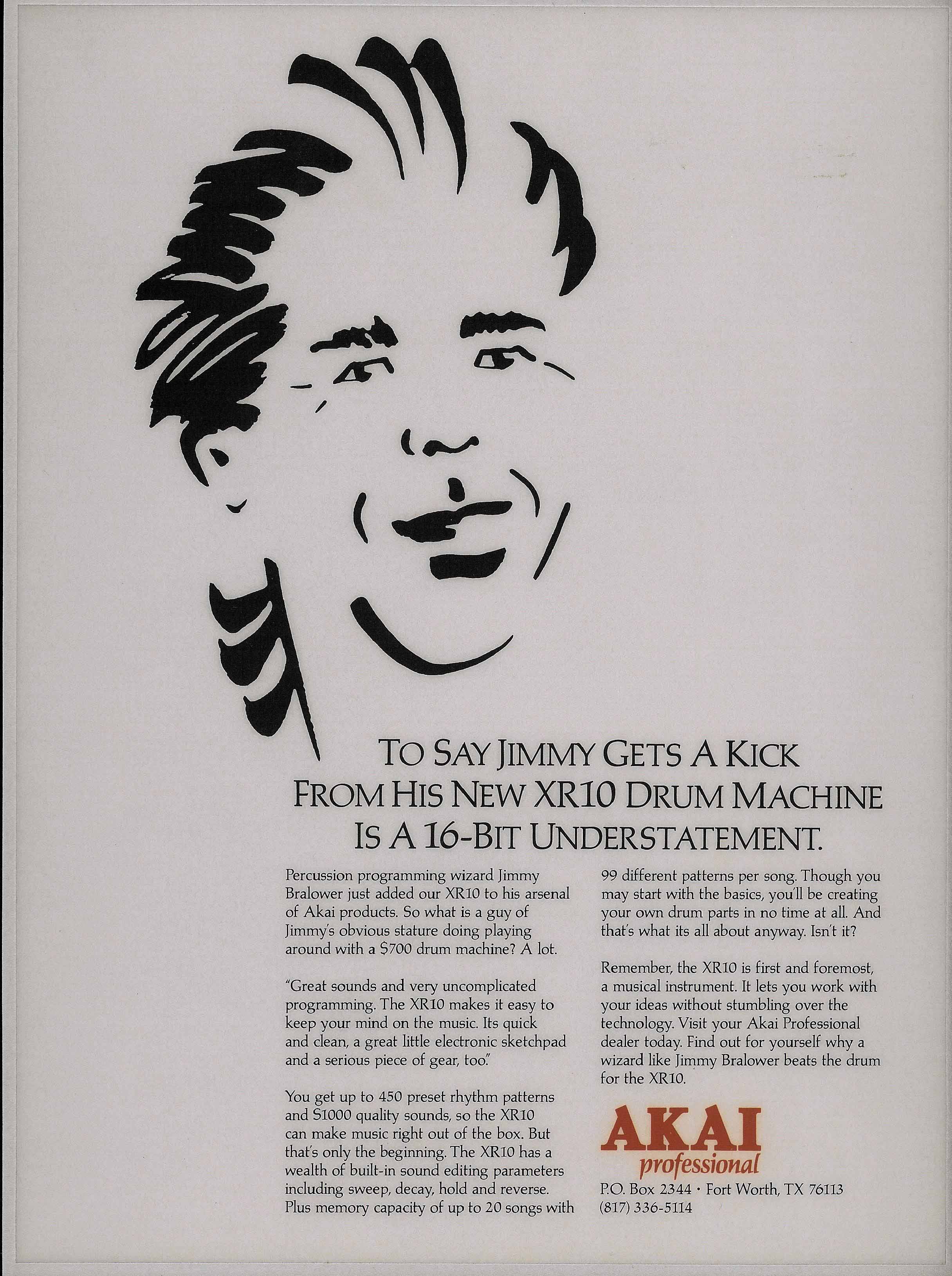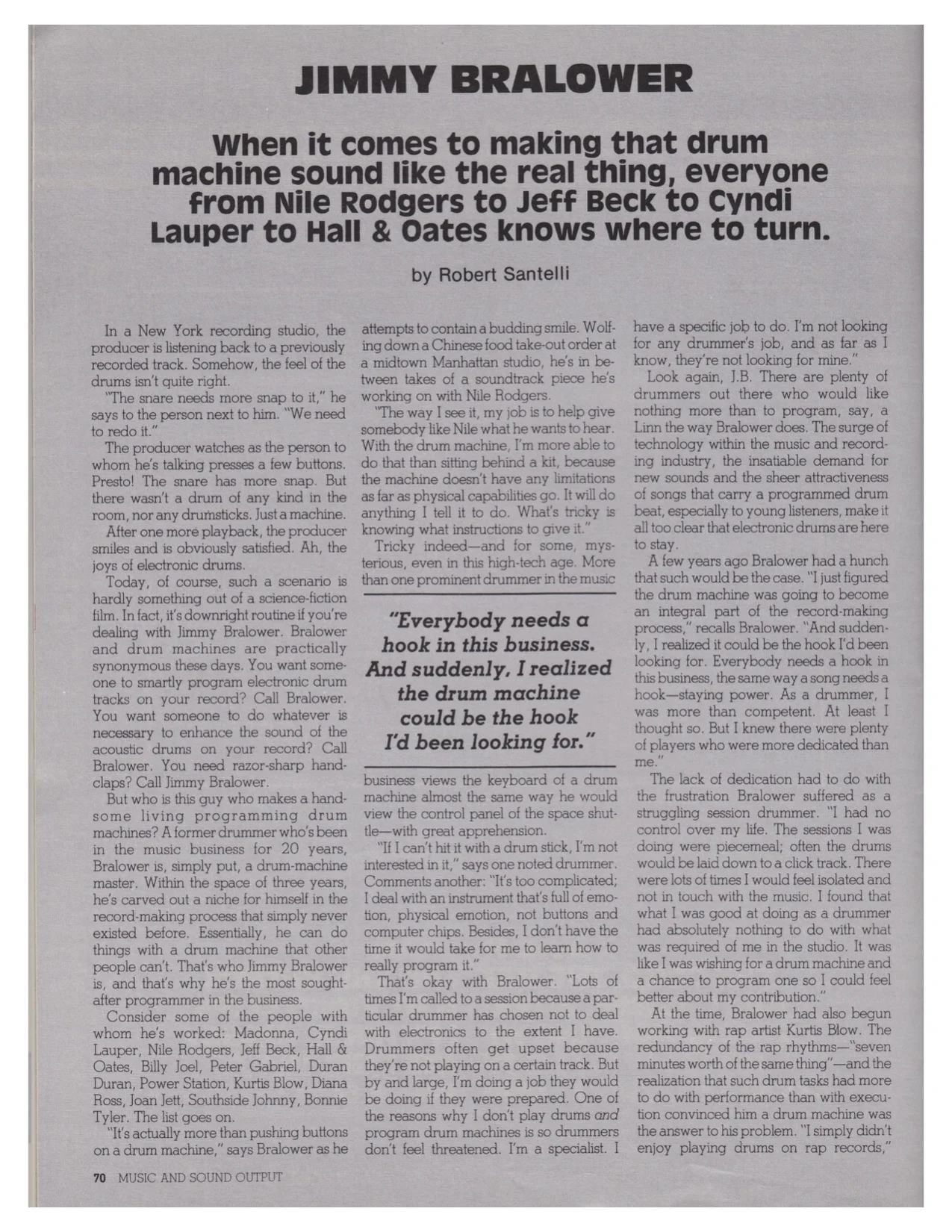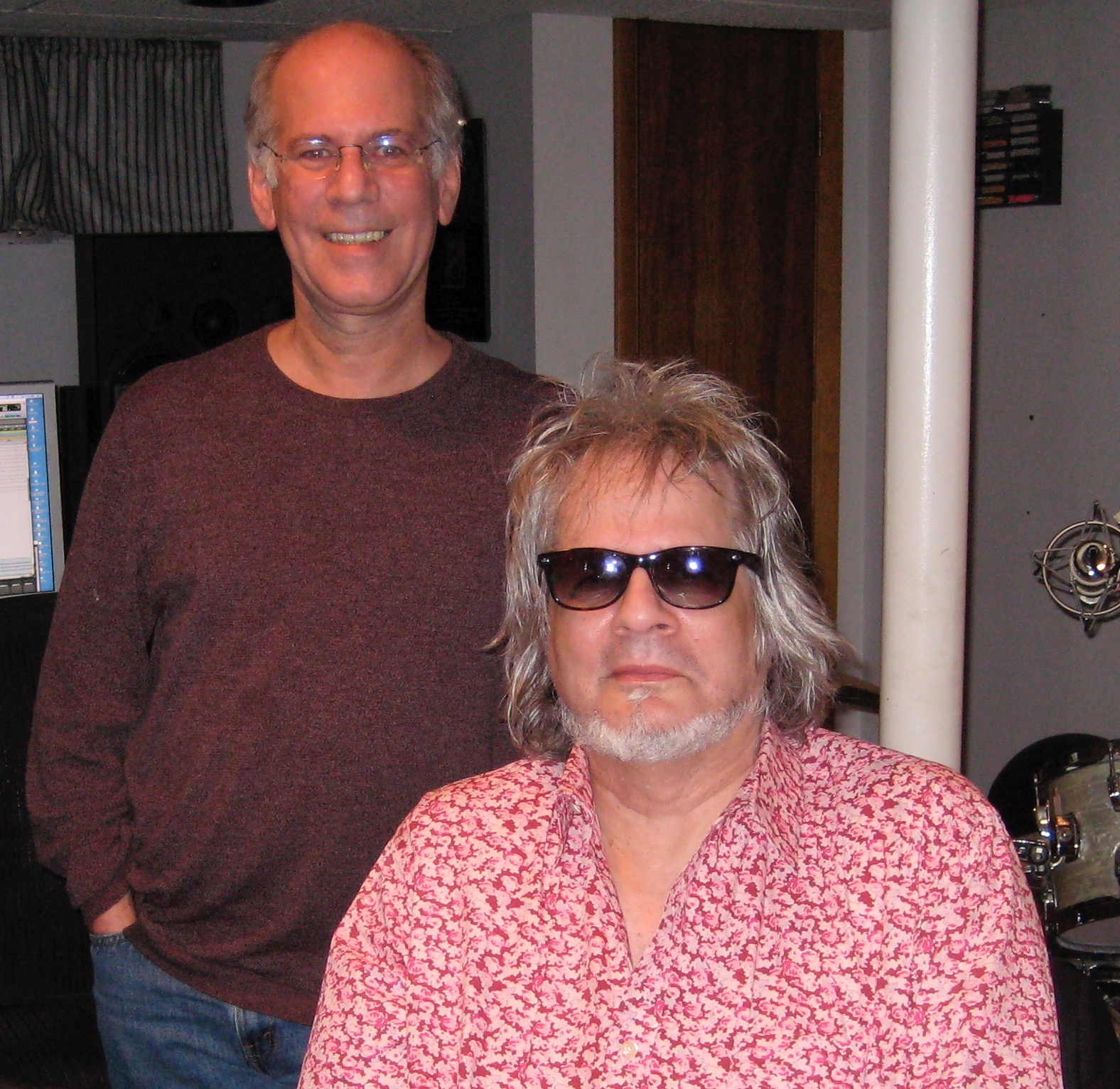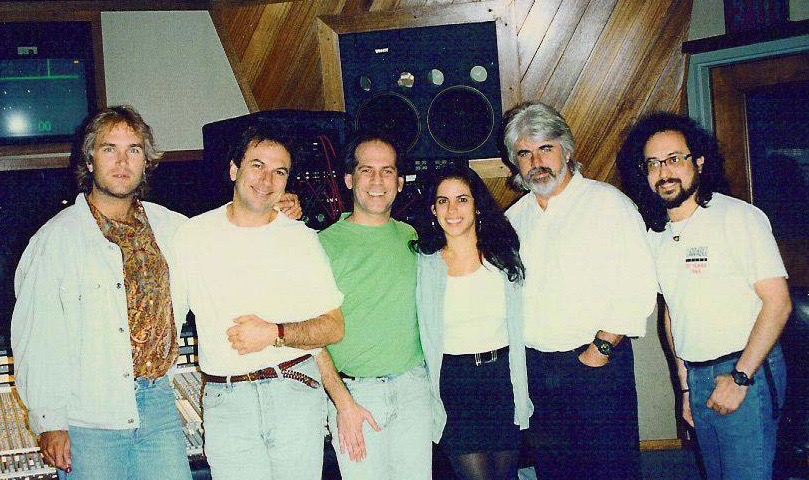STEVE WINWOOD-BACK IN THE HIGHLIFE
There was this percussion figure. Went on for fifteen seconds. And then...
"Think about it, there must be higher love
Down in the heart or hidden in the stars above"
WhatEVER you thought of Winwood previously. WhatEVER you thought he should be doing. You COULD NOT DENY the power of "Higher Love". This is one of the GREAT tracks. Hear it once, and you roll around the dial looking to hear it again. All these sounds, all these changes. Chaka Khan's backup vocals. WHEW!
But for those of us who'd been fans for twenty years it didn't SIT RIGHT!
This WAS a hit track, but it WASN'T Winwood. Winwood was EARTHY! Credible. MEANINGFUL!
This was almost...dance music.
And the rest of "Back In The High Life" had this same sheen.
But despite disliking it on principle, you couldn't help but being drawn in. It's TRULY one of the great albums of the eighties.
And, what we DIDN'T know back then was it was a PRECEDENT-setting album. All those sounds that didn't quite sit right, that seemed too electric, too produced...they ending up appearing on EVERYBODY ELSE'S ALBUMS! In some cases LITERALLY, like Nile Rodgers' guitar and Jimmy Bralower's drum programming.- Bob Lefsetz
"One more thing about Back in the High Life and Jimmy Bralower. After we had been recording for about a month Will Jennings, who wrote the lyrics to about half of the album, kept asking me to get Steve to play me "Back in the High Life Again". After a couple of requests he finally did. We were in studio C at Power Station and he went to the piano and played me the song but in a rather upbeat Ska meets Willie and the Hand Jive style. I was incredulous and said, "Why didn't you play me this song before? It's just the best." So that weekend Steve and Jimmy got together at Steve's apartment in the 60's just off Madison Avenue and they came up with the slower more soulful version of the song. And you can hear the little loop that Jimmy came up with which is sort of the central rhythm of the record with that cool 808 conga pattern. Mournful little thing and very effective. Then we added the rest. Mandolin, piano, synth bass, the fiddle/string solo sound (all played by Steve) and the amazing JR drums. We asked James Taylor to come in to sing the harmonies. Unique and magical record." - Russ Titelman
Madonna 'Like A Virgin'
Excerpt from article
CLASSIC TRACKS: Producers: Nile Rodgers, Madonna, Stephen Bray • Engineer: Jason Corsaro
With all of the album's rhythm tracks taken care of before overdubbing began, about half of them were also accorded drum machine parts, courtesy of Jimmy Bralower.
"Jimmy was way ahead of everybody else," remarks Corsaro. "He had a rack of samplers and sounds and gear that just did all different things, and he would sit there and blend them all together. He usually used the whole console to bounce down all the drum bits, so that instead of it being a simple sound it would be a hybrid sound. There'd be maybe three or four different snares all put together, three or four different bass drums, maybe more, as well as cymbals, hi-hats, toms and other sounds that were inserted. Sometimes I think he used Simmons drums that were keyed off it and pitched way down to give it a little bit extra oomph, and there were lots of different tricks on different things. Jimmy was always looking to create new sounds that would get everybody excited, and he made a huge difference in the way things sounded. So there was a balance between that and real drums, and it wasn't an easy thing to do, being able to make drum machines stay in the frame with a drummer like Tony Thompson."
Not least because the machines back then weren't the machines that are available now.
"Not at all," Corsaro agrees, "and neither was the triggering, which was very difficult. All the gear took up half the room, and it wasn't easy to get everything to work, but Jimmy was very, very good at it. I remember when he got a very high-end Linn Drum machine, the last one that came out. It did almost everything that all the other gear did, and it seemed so funny to have this in just one little box.
"The way records were made in those days, there was a kind of separation between the musicians who did the arrangements, figuring out the parts and how they were going to play off each other, and the producer and engineer who got the sound. Since Nile was playing, he usually left that up to me. If he came into the control room and didn't like something, he'd tell me and say, 'Let's change it,' but I worked very hard at trying to attain interesting sounds. Jimmy Bralower also had a lot to do with the sound of the gear that he brought in, and the two of us would decide how that would happen. Nile would sometimes contribute to this, but often he'd leave us alone, because unless you were into that aspect of the work it could get boring. It wasn't like now, when it takes two seconds to do certain things."
HALL & OATES - ROCK & SOUL PART 1
Excerpt from the liner notes:
"Let’s get back to 8th St., Greenwich Village, NYC. So there we sat in the house that “Jimi” built, legendary Studio A, contemplating the recording of two new tracks for a greatest hits compilation to be entitled Rock ‘N Soul Part 1. The cast of characters included Daryl, John, T-Bone Wolk, Mickey Curry on drums, G.E. Smith on guitar, and Charlie Dechant on sax. Bob Clearmountain, who was quickly becoming the ONLY producer/engineer you’d want to be working with, now had joined the team.
We tracked the song quickly with drums, bass and keys, using just a click as reference. The arrangement hit a bit of a “snag” after the second chorus with a little 2 bar break that just wouldn’t let itself come to life, so upon the suggestion of Clearmountain, another one of NYC’s rising session stars was brought in to add a new dimension to the track – drum programmer Jimmy Bralower, who had become one of Nile Rodgers’ secret weapons after the wild success of David Bowie’s “Let’s Dance” earlier that year.
Jimmy suggested making the 2 bar break a ONE bar break, forcing Bob to cut the master tape BUT the end result proved to be just what the patient required. It was a cool bit of asymmetry that caught you off guard for a moment, and then you were right back in the groove for Charlie’s sax solo and the big outro!
Jimmy’s other invaluable contribution was the hooky little wood block and cowbell sounds that went through the intro and verses. It’s no wonder he became an integral part of our record making process for the next 10 years. Those 16th note percussion sounds sparked John’s idea about the intro background vocals, borrowing from the Flamingos’ doo wop classic “I Only Have Eyes For You.” Their “doo wop shoo bop” became “say it isn’t…say it isn’t so:… now that’s pure genius!!!!" - Tom "T-Bone" Wolk
studio photo: Avatar Studios, NYC






